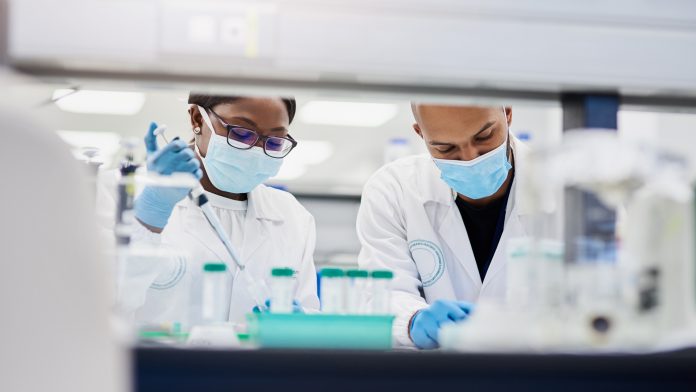
WHO outlines the importance of vaccine development to tackle the ongoing antimicrobial-resistant bacteria pandemic.
In 2021, data revealed the current landscape of AMR. Resistant bacterial infections were associated with almost 4.95 million deaths per year, with 1.27 million deaths directly attributed to AMR. This implores the question – how do public health officials, governments, and healthcare systems control AMR? The World Health Organization (WHO) has released its first-ever report on the pipeline of late-stage vaccine developments and existing vaccines that could be game-changing.
AMR occurs when bacteria, viruses, fungi, and parasites shift over time, subsequently leading to medications no longer working. When an individual becomes infected with these microbes, the infection is said to be resistant to antimicrobial medicines. These infections are often difficult to treat.
Why is vaccine development important for the AMR crisis?
Vaccines play an important role in preventing infections and play a powerful role in stopping the spread of AMR infections. In the pipeline, WHO has outlined investment guidelines for vaccine development and research support for future vaccines to tackle AMR.
The analysis from WHO revealed 61 vaccine candidates in various stages of clinical development, including potential late-stage vaccines to address diseases featured on the bacterial priority pathogens list. This list includes Acinetobacter and Pseudomonas and WHO have prioritised new vaccine development projects to tackle priority bacteria.
“Preventing infections using vaccination reduces the use of antibiotics, which is one of the main drivers of AMR. Yet of the top six bacterial pathogens responsible for deaths due to AMR, only one, Pnuemoccocal disease (Streptococcus pneumoniae) has a vaccine,” said Dr Hanan Balkhy, WHO Assistant Director-General, Antimicrobial Resistance. “Affordable and equitable access to life-saving vaccines such as those against pneumococcus, are urgently needed to save lives, and mitigate the rise of AMR,” she added.
Improved equitable and global access
WHO calls upon improved equitability and accessibility to existing vaccines for countries around the world. This is especially necessary for populations with limited resources. The vaccines available that fight the top four priority bacterial pathogens include pneumococcal disease (Streptococcus pneumoniae), Hib (Haemophilus influenza type b), Tuberculosis (mycobacterium tuberculosis) and Typhoid fever (Salmonella Typhi). However, Bacillus Calmette-Guérin (BCG) vaccines against tuberculosis (TB) no longer adequately protect against the disease and vaccines for TB should be accelerated.
Within the bacteria priority list, despite the significant threat to public health, the vaccine development pipeline is weak, with the number of candidates being low and feasibility costs being high. It is predicted that specific vaccines are unlikely to become available in the near future and alternative interventions should be implemented urgently to tackle AMR.
“Disruptive approaches are needed to enrich the pipeline and accelerate vaccine development. The lessons from Covid-19 vaccine development and mRNA vaccines offer unique opportunities to explore developing vaccines against bacteria,’’ said Dr Haileyesus Getahun, WHO Director of AMR Global Coordination Department.
The report notes challenges faced in the vaccine development and innovation sector, including vaccines for hospital-acquired infections (HAI). It is difficult to target such pathogens due to defining target populations, the cost and complexity of vaccine efficacy trials and the lack of regulatory and policy in vaccine development for HAIs.
“Vaccine development is expensive, and scientifically challenging, often with high failure rates, and for successful candidates, complex regulatory and manufacturing requirements require further time. We have to leverage the lessons of COVID vaccine development and speed up our search for vaccines to address AMR,” said Dr Kate O’Brien, Director of Immunization, Vaccines and Biologicals Department at WHO.








